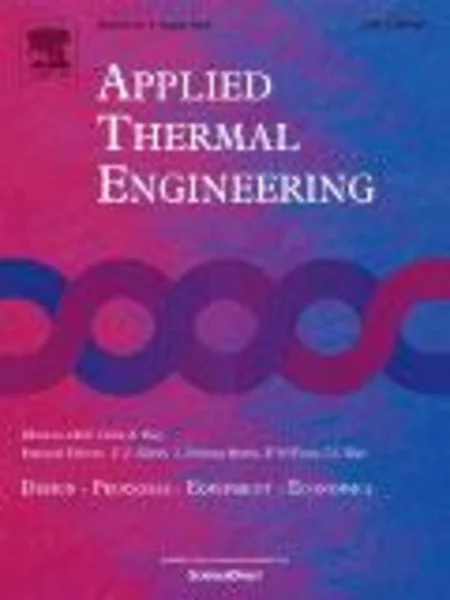-
heat pump integration in a cheese factory
جزئیات بیشتر مقاله- تاریخ ارائه: 1392/01/01
- تاریخ انتشار در تی پی بین: 1392/01/01
- تعداد بازدید: 526
- تعداد پرسش و پاسخ ها: 0
- شماره تماس دبیرخانه رویداد: -
the aim of process integration is to increase the efficiency and to reduce the energy consumption, operating costs and co2 emissions of an industrial process. the proposed methodology is applied to a real case study of a cheese factory with non-simultaneous process operations and uses the time average approach combined with restricted matches. this work focuses on appropriate heat pump integration and two different integration strategies are proposed. in the first option, process modifications and direct heat exchange between the process and heat pump streams are not allowed, which means that the integration of heat pumps has to be realized through intermediate heat transfer networks. on the contrary, in the second option, direct heat exchange and process modifications are possible. the results of both options are analyzed and compared for the french and german context. depending on the industrial constraints and the location, it is shown that the final choice of new heat pump installations may be different. saving potential in operating costs is higher for option 2 where the cost savings can be higher than 40% for both countries. furthermore the potential co2 emissions and primary energy savings are compared.
حوزه های تحت پوشش رویداد
مقالات جدیدترین رویدادها
-
استفاده از تحلیل اهمیت-عملکرد در ارائه الگوی مدیریت خلاقیت سازمانی و ارائه راهکار جهت بهبود
-
بررسی تاثیر ارزش وجوه نقد مازاد بر ساختار سرمایه شرکت های پذیرفته شده در بورس اوراق بهادار تهران
-
بررسی تأثیر سطح افشای ریسک بر قرارداد بدهی شرکت های پذیرفته شده در بورس اوراق بهادار تهران
-
بررسی تأثیر رتبه بندی اعتباری مبتنی بر مدل امتیاز بازار نوظهور بر نقد شوندگی سهام با تأکید بر خصوصی سازی شرکت ها
-
تأثیر آمیخته بازاریابی پوشاک ایرانی بر تصویر ذهنی مشتری پوشاک ایرانی (هاکوپیان)
-
بررسی بهینه سازی و ارائه مدل مناسب جهت ارزیابی کیفیت خطوط راه آهن
-
برگه های اطلاعات ایمنی مواد (msds)
-
بررسی آزمایشگاهی خودجمع شدگی و جمع شدگی ناشی از خشک شدگی انواع بتن خود تراکم تعمیری
-
کاربرد یک روش المان محدود کریلف برای تحلیل میدان جریان در شبکه ی شکستگی های مجزای سه بعدی
-
بهینه سازی خروجی مدل های پیش بینی با استفاده از anfis
مقالات جدیدترین ژورنال ها
-
مدیریت و بررسی افسردگی دانش آموزان دختر مقطع متوسطه دوم در دروان کرونا در شهرستان دزفول
-
مدیریت و بررسی خرد سیاسی در اندیشه ی فردوسی در ادب ایران
-
واکاوی و مدیریت توصیفی قلمدان(جاکلیدی)ضریح در موزه آستان قدس رضوی
-
بررسی تاثیر خلاقیت، دانش و انگیزه کارکنان بر پیشنهادات نوآورانه کارکنان ( مورد مطالعه: هتل های 3 و 4 ستاره استان کرمان)
-
بررسی تاثیر کیفیت سیستم های اطلاعاتی بر تصمیم گیری موفق در شرکتهای تولیدی استان اصفهان (مورد مطالعه: مدیران شرکتهای تولیدی استان اصفهان)
-
بررسی ویژگی ها و عناصر تشکیل دهنده روش یادگیری فاصله دار
-
تاثیرات سرمایه گذاری بیش از حد، اهرم و نقدینگی سیستم مالی: یک رویکرد چالش برانگیز
-
مسئولیت ناشی از انتقال بیماری از طریق پیوند اعضا در حقوق ایران
-
removal of copper (ii) ions from the effluent by carbon nanotubes modified with tetrahydrofuran
-
non-linear dynamics of size, capital structure and profitability in threshold panel regression framework in tse




سوال خود را در مورد این مقاله مطرح نمایید :